Akitio has announced the immediate availability of their latest Thunderbolt 3 device, the bright red Node Lite that comes equipped with a 960GB Intel Optane NVMe SSD with speeds up to 2600 MB/s.
After being available for a couple years, more and more Thunderbolt 3 devices have been coming to market. The Node Lite enclosure has been around for a bit, though the new color and Optane storage pre-built are new.
The red Node Lite has an aluminum enclosure with a transparent acrylic side that shows off bright LEDs of the exposed SSD as well as the inner workings of the enclosure. Ports include a pair of Thunderbolt 3 ports, a dedicated DisplayPort, and the power jack.
Leveraging Thunderbolt 3, up to six devices can be daisy chained together. By including a dedicated DisplayPort, the second Thunderbolt 3 port can be used for connecting other drives, eGPUs, a monitor, or other peripherals.
For storage, Akitio is bundling the Intel Optane 905P 960GB PCIe SSD that can handle 2.6 Gigabytes per second read speed, and 2.2 Gigabytes per second write speed. Of course, real world usage can vary.
Apple first included Thunderbolt 3 on the 2016 MacBook Pro with Touch Bar, and has been including it on more machines ever since.
The Special Edition red Node Lite with 960GB Intel Optane SSD 905P is available from Amazon for $1499.99. If you like the enclosure, but don't need the Intel Optane SSD or the red color scheme, you can pick up the PCI-E Node Lite Thunderbolt 3 enclosure for $198.99.
 Andrew O'Hara
Andrew O'Hara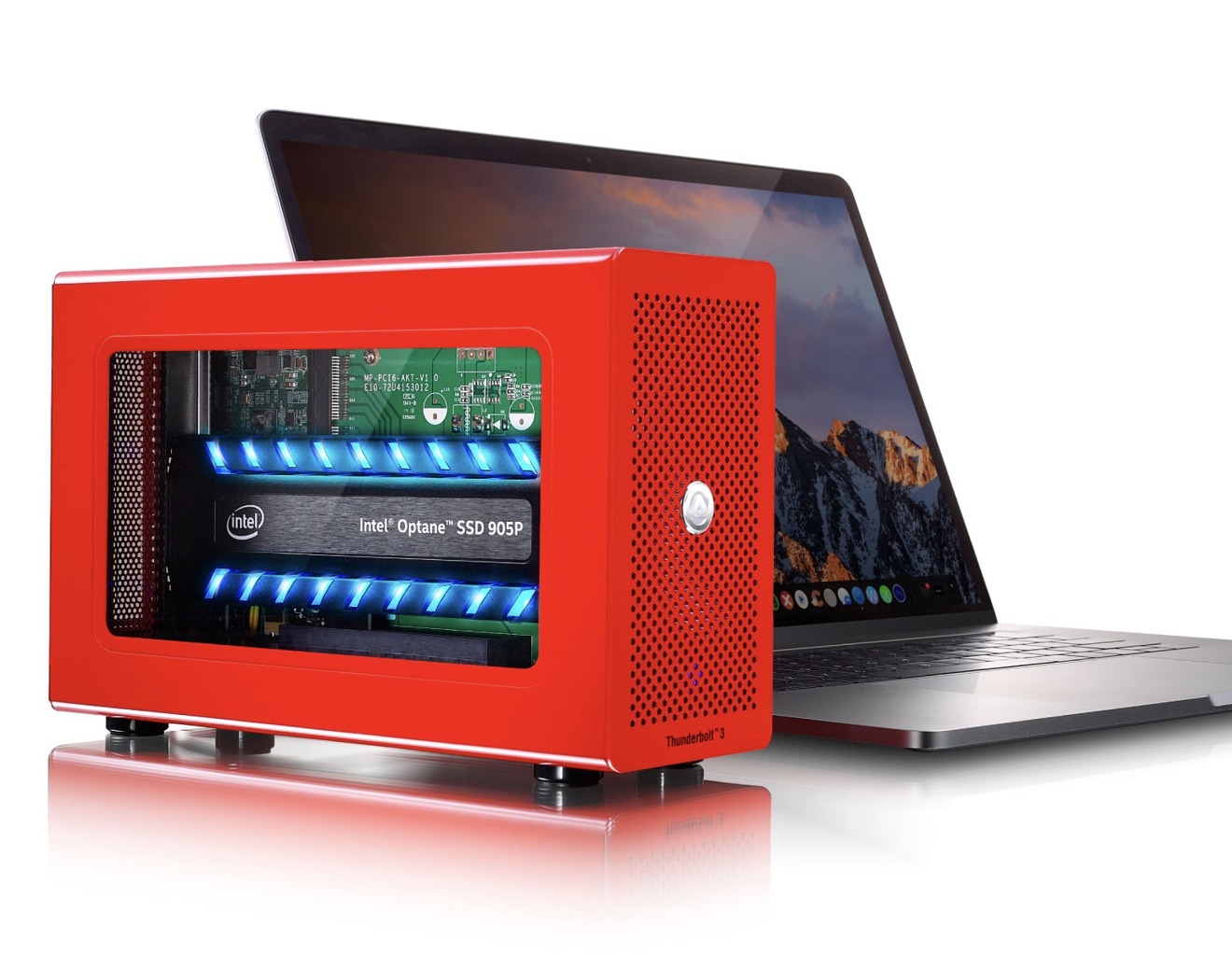
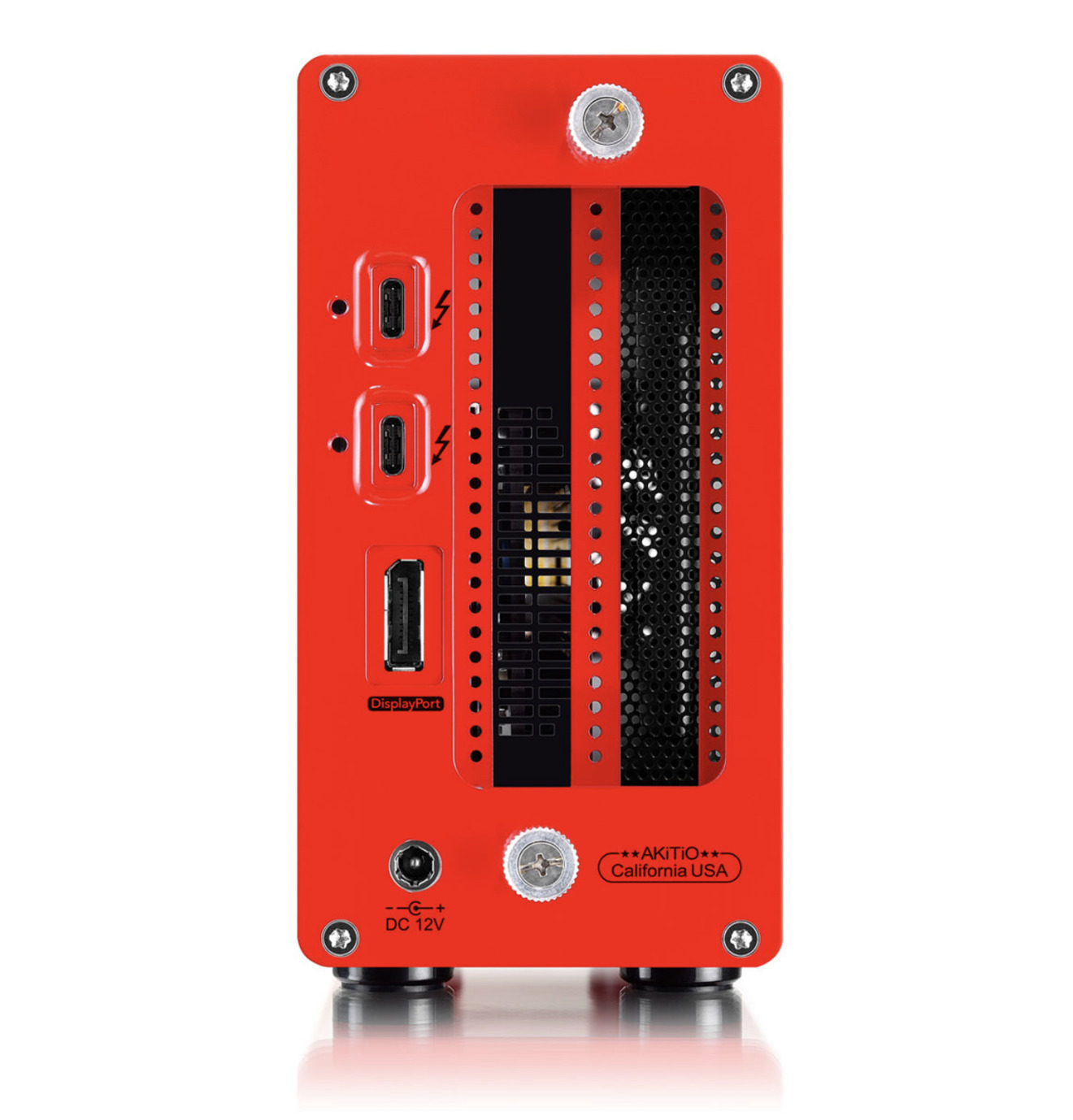




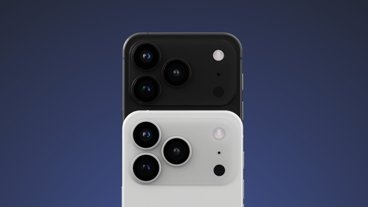



 Amber Neely
Amber Neely
 William Gallagher
William Gallagher
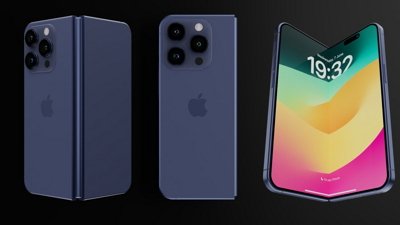
 William Gallagher and Mike Wuerthele
William Gallagher and Mike Wuerthele

 Mike Wuerthele
Mike Wuerthele

 Bon Adamson
Bon Adamson






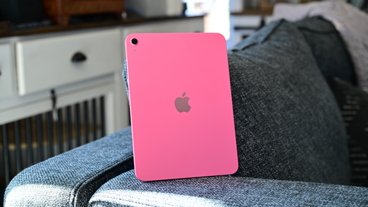
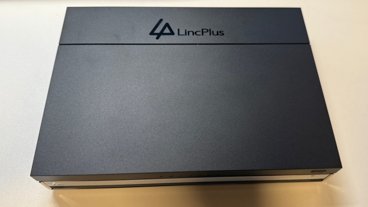

20 Comments
A product looking for a problem to solve.
That enclosure looks huge for its capacity. Is there really that much heat from the faster read/writes that it can't be powered by TB3 alone and needs to be that large?
Great if you need 4x the speed* and don't mind paying 5x the price for a bulkier option over something like the Samsung T5 Portable SSD.
I really want to know what such a fast storage is useful for. It hugely impresses on the benchmarks, but what kind of workload does it actually improve. (Legitimate question. Not trolling).